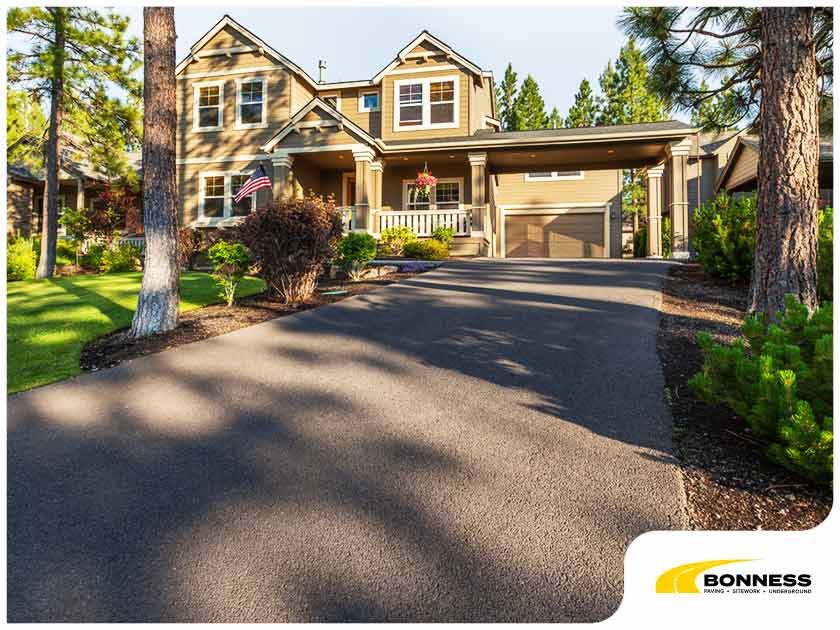
Spotting clear signs of aging on your driveway can have you wanting to get it fixed in a hurry. One of the biggest advantages of an asphalt driveway is that it can be easily fixed. However, once it reaches the end of its 12-year (on average) lifespan, it will need to be resurfaced.
Resurfacing an asphalt driveway is not much different from resurfacing asphalt roads. The steps are more or less similar, albeit at a much smaller scale. Here are some of the things you can expect from asphalt resurfacing projects
On-Site Preparations
Once you’ve found a good team of professionals to handle the resurfacing, preparations need to be made. This first step usually happens days before the actual project, during which your driveway may not be fully usable. This includes demolishing existing concrete barriers or ramps you may have on your driveway. Sometimes, it may even involve adjusting a few utility features that may get in the way.
Removing the Old Asphalt
This step is called asphalt milling. The contractors will mill away the topmost layer of asphalt on your driveway, which can temporarily render your driveway unusable. The time it takes to finish this part of the project can vary, but on average, with a reasonably sized driveway, it usually doesn’t take a full day.
Resurfacing the Driveway
Once the site is adequately prepared, and the milling is finished, a new layer of asphalt paving may now be applied. This starts with a sticky tack coat that helps the asphalt adhere to the driveway. The asphalt itself is laid with rolling and paving machines. Sometimes, it may be necessary to cover the fresh asphalt with a layer of sand for a day or two. This protects it from contamination and allows the new driveway to cure properly.
At Bonness, we can help you give your asphalt driveway a fresh new look with our resurfacing services. Give us a call at (239) 597-6221, or fill out our contact form and request a free estimate today.
